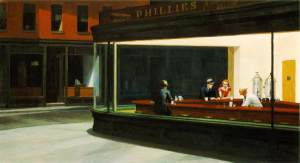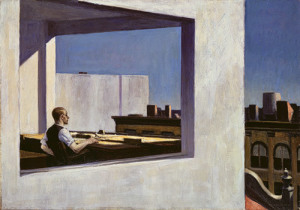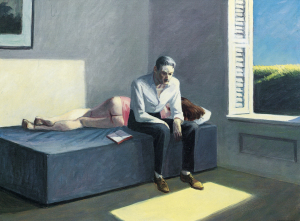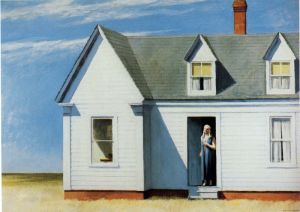The post Robert Maxwell – the epitome of gluttony appeared first on Conor Foley.
]]>I’ve just finished reading ‘Maxwell: The Final Verdict’, a brilliantly researched book about the life of Robert Maxwell, written by one of the greatest writers of the modern era, Tom Bower. The book goes into incredible detail about how Maxwell, allegedly supported by his son Kevin, convinced his own directors, senior management, lawyers and bankers that what he was doing with pension fund money was acceptable.
Without going into all the details, he was basically borrowing money from (mostly) unsuspecting banks using shares belonging to the pension funds as collateral. As that source of funds started to dry up he implemented one of the most embarrassingly deceitful, but simple, forms of financial fraud by entering into foreign exchange contracts with banks to buy Dollars with Sterling but then ‘forgetting’ to pay over the Sterling (after having received the Dollars).
But, leaving aside the fascinating insight into the way in which the fraud was perpetrated, the book highlights a number of interesting features about Maxwell’s life.
The first is the fact that he had no friends, which is probably not surprising for a man with few redeeming features. The monstrous ego of the man comes across strongly, typified by his getting his hair dyed black every few days by his personal stylist. In fact, it was to this stylist that he admitted one evening to having no friends and that “people only like me for my money, and I’m including my family in that.” Immediately after he died reporters noted that not one member of his family was seen shedding a tear, not least his wife who he had treated with the utmost disrespect. (He left her 60th birthday party after an hour and before the speeches.)
Another characteristic of the man was his staggering sense of self-entitlement. At the time of his death, the ‘bankrupt’ Maxwell owed 2 private jets, a helicopter, a 180 foot luxury yacht (the Lady Ghislaine) and was living in Headington Hill Hall, a period house in the Oxford countryside. Maxwell was the sole passenger on his luxury yacht, paid for by his employee’s pensions, when he died.
Robert Maxwell didn’t fall overboard, contrary to the findings of the inexperienced Spanish coroner. With the banks hours away from collapsing his empire, he jumped. He wasn’t just the epitome of a glutton – he was the epitome of a coward.
Conor Foley
The post Robert Maxwell – the epitome of gluttony appeared first on Conor Foley.
]]>The post Something special about Edward Hopper and Nighthawks appeared first on Conor Foley.
]]>The painting, Nighthawks, is one of his best and is a 1942 oil on canvas painting that portrays people in a downtown diner late at night. It is Hopper’s most famous work and is one of the most recognizable paintings in American art.
The scene was supposedly inspired by a diner (since demolished) in Greenwich Village, Hopper’s neighbourhood in Manhattan. Hopper himself said the painting “was suggested by a restaurant on Greenwich Avenue where two streets meet.” Additionally, he noted that “I simplified the scene a great deal and made the restaurant bigger.”
This reference has led Hopper aficionados to engage in a search for the location of the original diner. The inspiration for this search has been summed up on the blog of one of these searchers: “I am finding it extremely difficult to let go of the notion that the Nighthawks diner was a real diner, and not a total composite built of grocery stores, hamburger joints, and bakeries all cobbled together in the painter’s imagination.”
The spot usually associated with the former location is a now-vacant lot known as Mulry Square at the intersection of Seventh Avenue South, Greenwich Avenue and West 11th Street, about seven blocks west of Hopper’s studio on Washington Square. However, according to an article by Jeremiah Moss in The New York Times, this cannot be the location of the diner that inspired the painting as a gas station occupied that lot from the 1930s to the 1970s.
Here is a selection of others, but they’re all excellent.
Conor Foley
The post Something special about Edward Hopper and Nighthawks appeared first on Conor Foley.
]]>




